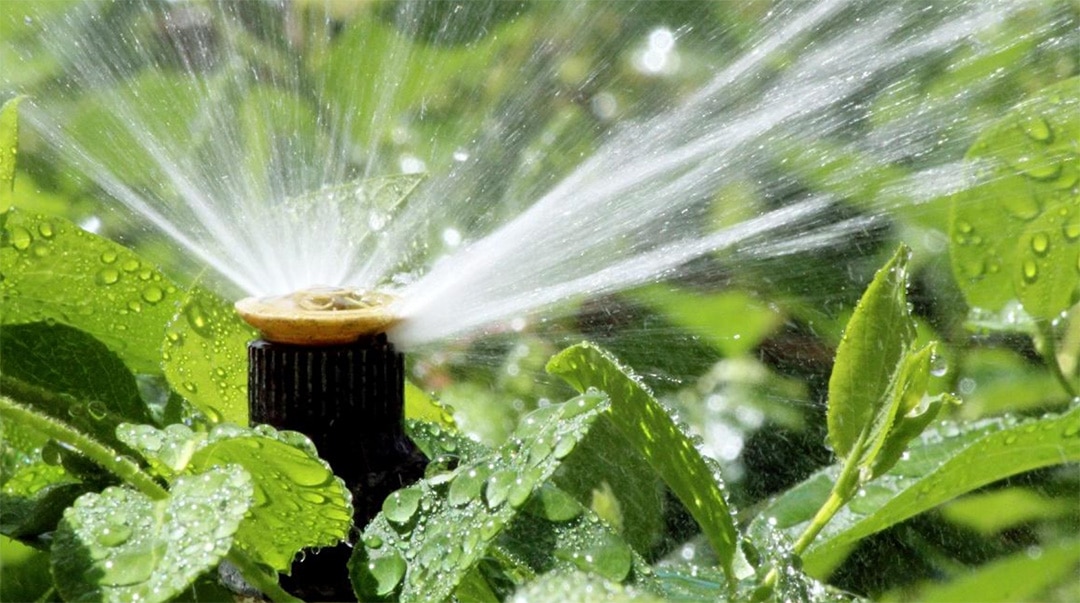Choosing the Best Defoamers for Your Manufacturing Line
Selecting the Right Defoamer for Your Particular Application Demands
Choosing the suitable defoamer for certain application needs is a nuanced process that demands careful consideration of numerous aspects, such as the foam operating, kind, and tool conditions. Comprehending the nuances of defoamer efficiency-- consisting of speed and persistence-- while additionally accounting for ecological and regulatory variables is important.
Understanding Foam Formation
Foam development happens when gas is caught within a fluid, producing a steady structure of bubbles. This sensation can dramatically impact different commercial processes, specifically in industries such as food manufacturing, pharmaceuticals, and wastewater therapy. The existence of foam can hinder blending, minimize product quality, and even cause functional inefficiencies.
Foam commonly forms as a result of a mix of aspects, including surface-active representatives, frustration, and the characteristics of the liquid phase. Surfactants lower the surface tension of the fluid, assisting in the development of bubbles that can integrate and maintain. Agitation, whether from mechanical stirring or gas introduction, boosts bubble formation, causing raised foam volume.
Understanding the technicians of foam development is critical for industries intending to enhance their procedures. By determining the particular problems that advertise foam generation, organizations can execute techniques to alleviate its effects. This knowledge prepares for selecting ideal defoaming representatives that effectively target the special obstacles posed by foam in various applications. As a result, a thorough understanding of foam formation is crucial for boosting efficiency and preserving product integrity across different industries.
Types of Defoamers Available
Different sorts of defoamers are offered to deal with the obstacles postured by foam in industrial applications. defoamers. Generally identified, defoamers drop into three categories: silicone-based, non-silicone-based, and natural defoamers
Silicone-based defoamers are renowned for their effectiveness and stability across a broad range of temperature levels and pH degrees. They are typically used in applications where strong foam reductions is necessary, such as in coatings, adhesives, and paints. Their low surface area stress permits fast foam collapse.
Non-silicone-based defoamers, often made from natural compounds, supply an option for applications delicate to silicone deposits. These defoamers can be further split into polyether and ester kinds, each customized to meet details solution requirements. Non-silicone defoamers are regularly utilized in food handling and personal treatment items as a result of their compatibility with numerous formulations.
All-natural defoamers, acquired from plant or animal sources, are getting grip due to their environmentally friendly profile. These items are especially appealing in applications where governing compliance and sustainability are critical, such as in agrochemicals and biotechnology.
Choosing the appropriate kind of defoamer is important for optimizing efficiency and ensuring compatibility with certain applications.
Secret Application Considerations
When choosing a defoamer, it is necessary to consider the specific application demands to ensure optimal efficiency. defoamers. Different industries have distinctive requirements, such as food handling, pharmaceuticals, or wastewater therapy, and each application might call for distinct defoaming properties
Trick factors to evaluate include the tool in linked here which the defoamer will be made use of, whether it is water-based, oil-based, or a mix thereof. The temperature level and pH degrees of the application can also greatly affect the efficiency of a defoamer. Furthermore, compatibility with various other chemicals present in the system is essential to stop negative responses that could compromise efficiency.
An additional important factor to consider is the foaming habits of the specific system. Recognizing whether the foam develops rapidly or gradually can direct the choice of a defoamer that targets the origin successfully. Furthermore, the wanted speed of defoaming can affect the option, as some applications need fast activity while others might endure slower defoaming processes.
Last but not least, ecological and regulative factors to consider need to not be ignored, particularly in markets with strict conformity demands. Selecting a defoamer that lines up with these elements guarantees both efficiency and safety in More about the author the application.

Efficiency Testing Techniques
Evaluating the performance of a defoamer requires an organized strategy to testing that precisely measures its effectiveness in specific applications. Numerous performance testing approaches can be employed to ascertain the optimum defoamer for a provided solution.
One usual method is the bubble examination, which reviews the defoamer's capability to lower foam quantity over time. This examination involves generating a steady foam and then including the defoamer to observe the price of foam collapse.

Eventually, choosing the appropriate efficiency screening approach relies on the particular application and the type of foam being resolved. Each method uses useful information that can guide formulation adjustments and boost the efficiency of the defoamer in practical applications.
Best Practices for Option


Following, take into consideration the defoamer's efficiency in terms of speed of action and determination. A quick-acting defoamer may be required for processes where fast foam suppression is critical, while an extra consistent solution could be required for long term foam control. In addition, assess the ecological effect of the defoamer, including its biodegradability and any kind of regulatory compliance demands.
Conduct tests with chosen defoamers to establish their efficiency in real-world conditions. By sticking to these finest methods, you can improve foam control efficiency and make sure the long life of your procedures.
Final Thought
In summary, selecting the ideal defoamer necessitates an extensive assessment of various factors, consisting of foam kind, medium, operating conditions, and environmental factors to consider. Recognizing the distinct attributes of foam development and the offered defoamer alternatives is crucial.
Choosing the suitable defoamer for particular application demands is a nuanced procedure that demands careful consideration of several elements, such as the foam type, tool, and operating problems.Selecting the appropriate defoamer is vital for achieving optimum efficiency in foam control applications. A quick-acting defoamer may be essential for processes where fast foam reductions is crucial, while a much more persistent formulation may be required for long term foam control.In recap, selecting the ideal defoamer demands an extensive examination of numerous factors, including foam kind, medium, operating problems, and environmental considerations. Comprehending the distinct features of foam formation and the available defoamer options is critical.